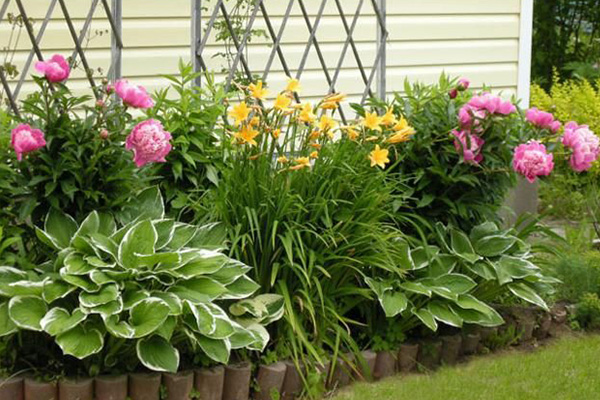Flower beds can bring a splash of color and life to any yard or garden, but they can also be a lot of work. Planting a successful flower bed takes time, patience, and knowledge, but the rewards are definitely worth it. Here are seven tips to help you get started:
1. Choose The Right Location
The first step to planting a successful flower bed is choosing the right location. You’ll want to pick a spot that gets plenty of sunlight and has well-drained soil. Avoid areas that are too shady or too wet, as these can be difficult to work with.
A sunny location is crucial for most flowers, as they need at least six hours of direct sunlight each day to thrive. If you’re not sure how much sun your chosen spot gets, you can always ask a gardening expert or consult a plant encyclopedia.
2. Mix Your Soil
Once you’ve found the perfect location for your flower bed, it’s time to start preparing the soil. If your soil is too sandy or too clay-like, it can be difficult for plants to get the nutrients they need. The best way to fix this problem is to mix in some organic matter, such as compost or manure.
This will help create a more balanced soil that is rich in nutrients and can hold moisture. You can also add a slow-release fertilizer to your soil mix to give your plants an extra boost.
3. Choose The Right Plants
Not all flowers are created equal, so it’s important to choose plants that will do well in your specific climate and soil type. If you want your garden to bloom year-long, consider planting a mix of annuals and perennials.
Some flowers, such as impatiens and petunias, are quite delicate and need to be watered regularly. Others, such as geraniums and marigolds, are much more drought-tolerant and can survive with less water.
4. Plant Easy-To-Grow Flowers
If you’re new to gardening, it’s best to start with easy-to-grow flowers. These include annuals such as cosmos and zinnias, as well as perennials like daylilies and black-eyed Susans. Once you’ve gotten a few seasons of gardening under your belt, you can start experimenting with more challenging plants.
5. Give Flowers Room To Grow
When planting your flowers, be sure to give each one enough room to grow. Most plants need at least six inches of space between them, though some may need more. Crowded flower beds can lead to unhealthy plants that are more susceptible to pests and diseases.
You can also save yourself some work by planting larger plants in the back of the bed and smaller ones in the front. This will create a layered look that is easy to maintain.
6. Mulch Your Flower Bed
Mulching is a great way to protect your flower bed from weeds, pests, and extreme weather conditions. It also helps to keep the soil moist and prevents erosion. You can use any type of mulch, but organic options like wood chips or bark are best.
Be sure to spread a layer of mulch that is at least two inches thick.
7. Water Regularly
Last but not least, remember to water your flower bed regularly. Most plants need at least an inch of water per week, though some may need more or less depending on the weather and the type of plant.
If you’re not sure how often to water, check the soil before each watering. If it feels dry to the touch, it’s time to water.
Conclusion
By following these simple tips, you can create a beautiful and bountiful flower bed that will bloom for years to come. With a little time and effort, you’ll be enjoying the fruits of your labor in no time.


